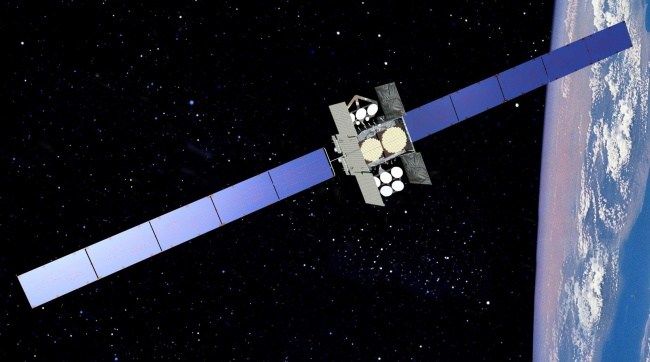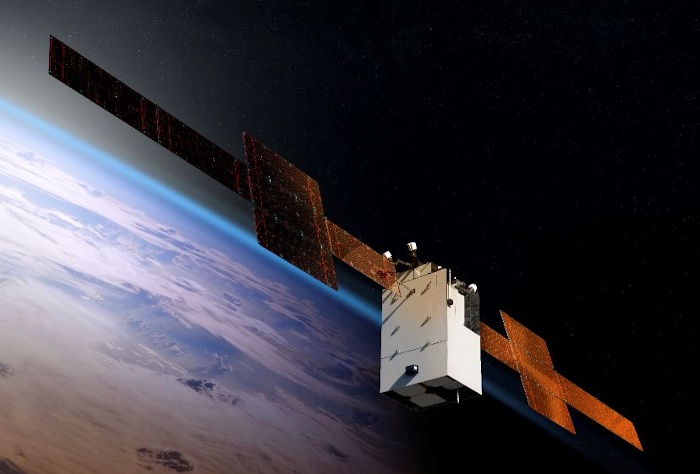Boeing ES-14 WGS
Designated as ES-14A, the Boeing designed Wideband Global SATCOM (WGS) augments and will eventually replace the Defense Satellite Communication System and the important Global Broadcast Service function currently provided by UHF Follow-On satellites. Based on the Boeing 702 satellite bus, the 5987 kg WGS satellites are fitted with transponders operating in the X-band and the Ka-band and provide a wide range of communications capabilities to the military services by the capability of connecting users between any and all of the 18 proposed coverage areas even when users are operating on different frequency bands.
 |
| Image: Boeing |
| ES-14A |
Boeing built three WGS Block I satellites (WGS-1 to -3) and initially three WGS Block II satellites (WGS-4 to -6). The third Block II satellite was funded by Australia in exchange for its access to the entire network. The Block II version includes a radio frequency bypass capability designed to support airborne intelligence, surveillance and reconnaissance platforms with data rates of up to 311 megabits per second. Four more Block II satellites (WGS-7 to -10) were built in the Block II Follow-On program. From WGS-8 onwards, the satellites had upgraded hardware to improve data capacity by 30%.
In 2019, Boeing received a contract to build another WGS satellite, to be launched in the 2023/24 time frame. WGS-11 will be based on a new satellite bus, the Boeing BSS-702X, and will have improved signal power and bandwidth. It will also include the Protected Tactical SATCOM Prototype (PTS-P) payload, with advanced communication security and anti-jamming capabilities.
 |
| Image: Boeing |
| WGS-11 |
| Name | Intl. Designation | Launch | Notes |
|---|---|---|---|
| WGS-1 | 2007-046A | 11-Oct-2007 | Also known as USA 195 |
| WGS-2 | 2009-017A | 04-Apr-2009 | Also known as USA 204 |
| WGS-3 | 2009-068A | 06-Dec-2009 | Also known as USA 211 |
| WGS-4 | 2012-003A | 20-Jan-2012 | Also known as USA 233 |
| WGS-5 | 2013-024A | 25-May-2013 | Also known as USA 243 |
| WGS-6 | 2013-041A | 08-Aug-2013 | Also known as USA 244 |
| WGS-7 | 2015-036A | 24-Jul-2015 | Also known as USA 263 |
| WGS-8 | 2016-075A | 07-Dec-2016 | Also known as USA 272 |
| WGS-9 | 2017-016A | 19-Mar-2017 | Also known as USA 275 |
| WGS-10 | 2019-014A | 16-Mar-2019 | Also known as USA 291 |
Launch dates of the WGS series
Sources (for data after 2009)
[1] Wikipedia: Wideband Global SATCOM
[2] Gunter Krebs: Gunter's Space Page
Back to Directory of U.S. Military Rockets and Missiles, Appendix 3
Last Updated: 1 February 2024